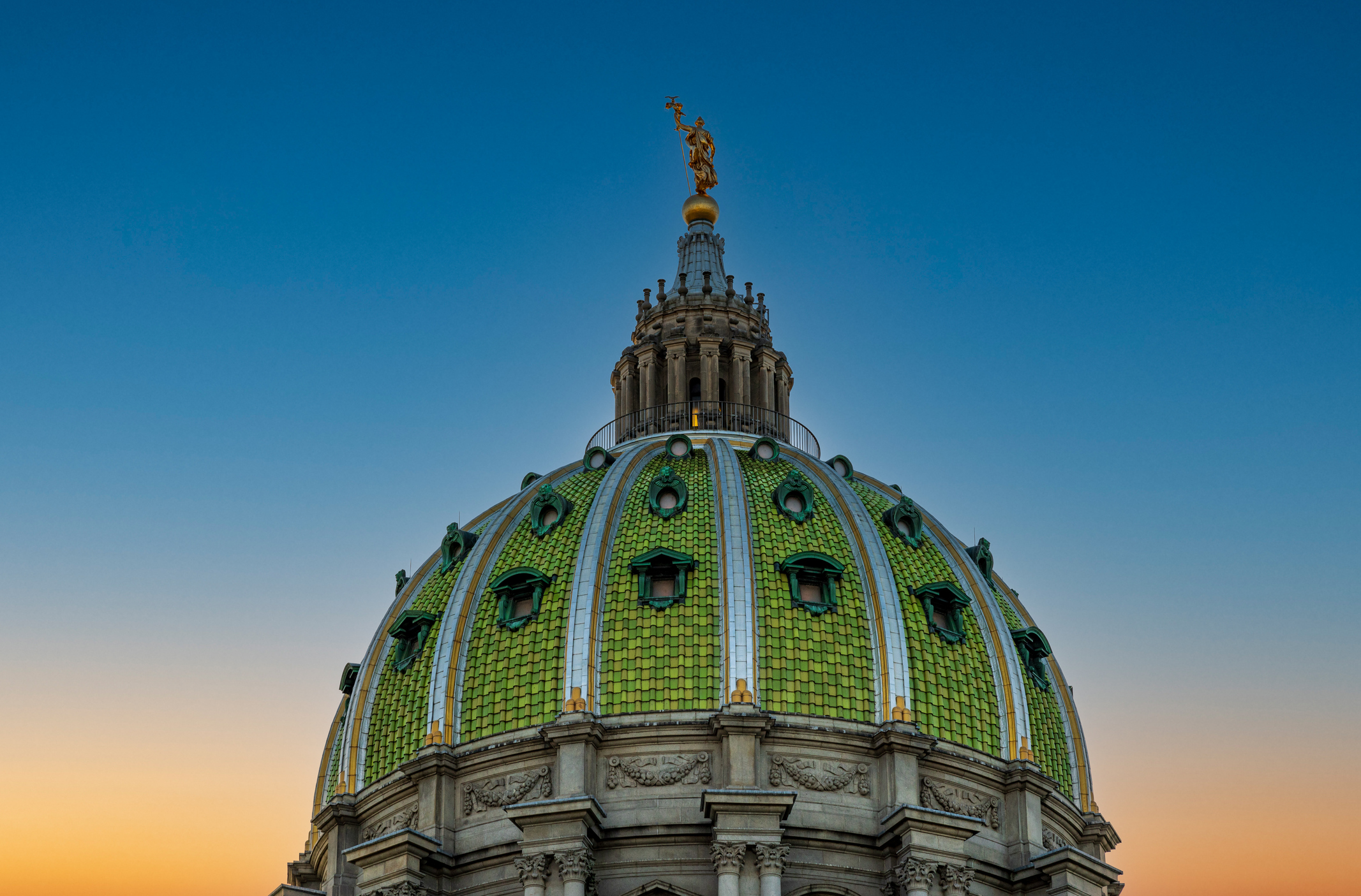
In an effort to jump-start the state’s economy, Iowa lawmakers recently approved a historic tax cut that slashes revenue by more than $2 billion over the next six years. The Republican-dominated legislature pushed the bill through on May 5, which awaits the signature of Governor Kim Reynolds.
“Republicans led on tax reform in 2018,” Reynolds said in a release after the bill was passed. “As a result, hardworking, middle-class Iowa families, farmers, small business owners and workers get meaningful relief, all while Iowa’s budget priorities in future years are protected.”
For the first four years, the $2.2 billion bill will focus on reducing income taxes, in addition to tax cuts for businesses. Republicans say the tax cut is crisis-proof, and the cuts have built-in safety measures that protect Iowa from budget meltdowns seen in other GOP-led states.
Senator Jim Carlin said the multi-year plan eases into the cuts instead of introducing them immediately. While states like Kansas, which passed a large tax reform bill in 2012, face budgetary ramifications, these tax cuts are tentative. If state revenue does not meet projections, the cuts will not go into effect.
In 2019, the plan will reduce taxes in all income brackets, while dropping the number of brackets from nine to four by 2023. Meanwhile, the top tax bracket percentage will drop from 8.53 to 6.5 percent. The Iowa Department of Revenue estimates that Iowans will save an average of $300 a year, while lower-income residents may only see an annual savings of $18. Those earning more than $1 million annually could approach $25,000.
The bill raises taxes on digital services like Netflix and Uber and is expected to bring more than $66 million in revenue during the first year.
Democrats strongly opposed the bill, saying cutting taxes on the wealthy will only help large corporations, while cuts to education and other necessary programs will become inevitable in the future.
Latest News
Photo credit: iStock.com/sommart In 2025, state governments across the U.S. are advancing initiatives to improve administrative efficiency and modernize civil service, adopting tailored strategies to better serve residents. Recognizing the importance of adaptability, innovation, and [...]
Photo credit: iStock.com/BackyardProduction Governor Josh Shapiro delivered his 2025-26 budget address, outlining economic initiatives, public safety measures, infrastructure improvements, and education funding. His speech emphasized continued investment in key sectors to strengthen Pennsylvania’s [...]
Photo credit: iStock.com/StudioGraphic As technology continues to evolve, digital driver's licenses (also known as mobile IDs) are gaining traction across the United States. States are increasingly exploring legislative measures to modernize driver identification systems, enabling [...]
NetChoice and AI regulation In this episode of the Back in Session podcast, hosts Ryan Stevens and Ryan DeMara sit down with Amy Bos, Director of State and Federal Affairs at NetChoice, to discuss the [...]





Stay In Touch